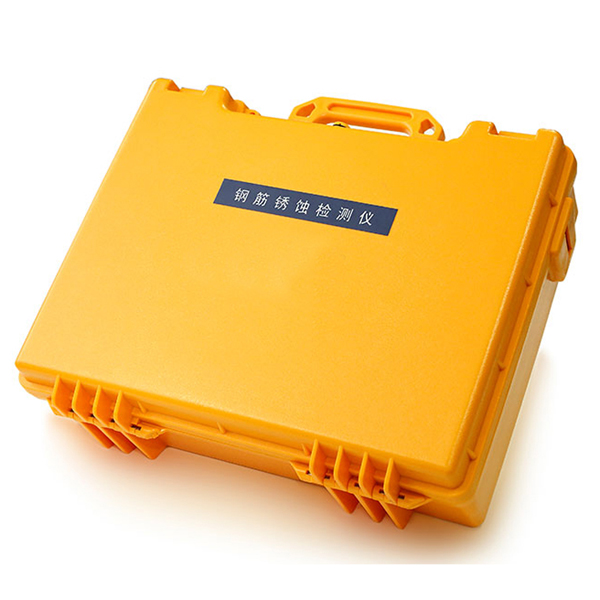

market@chinacoalintl.com
When using the "Concrete Rebar Corrosion Detector" to detect the corrosion condition of the steel, for each detection unit, the detection unit should be determined according to the environmental conditions and visual inspection results of the components, and the sample of each detection unit can be inserted into six.
In the damage detection part, after the concrete protective layer is cut and the rust layer on the steel surface is scraped off, the effective diameter of the steel bar after rusting in two orthogonal directions is measured by a vernier caliper, and then the effective sectional area of the rusted steel bar is calculated according to the ellipse.
Natural potential method
For the concrete surface is intact, no rust and rust cracking members are found, but there is reason to suspect that the steel may have been rusted in the concrete (such as the concrete depth of the concrete is found to exceed the thickness of the concrete protective layer), the concrete rebar corrosion detector can be used naturally. The potential method or concrete resistance method is used to make a preliminary judgment on the corrosion of steel in concrete.
When using the natural potential method, according to the measured corrosion potential contour map of the surface of the component, the possibility of steel corrosion in the concrete can be qualitatively judged according to the following standards or the operating procedures of the testing equipment.

2. Concrete resistance method
When the concrete resistance method is used for testing, the possibility of steel corrosion in concrete can be qualitatively judged according to the measured concrete resistivity according to the following standards or the operating procedures of the testing equipment.
3. Current density method
When using current density detection, the annual corrosion depth of steel bars can be calculated according to the measured current density: δ= 11.64icom(mm)
4. Rust swelling method
For the structural members that have been rusted and cracked, the rust depth of the steel bars can be calculated according to the length of the rust expansion cracks, but it should be checked and corrected by the direct breaking method.
δ= kww + kcdc / d + kcufcuk + kk
Where δ——the depth of corrosion of the steel bar (mm);
w, c, d and fcuk - respectively rust expansion length (mm), protective layer thickness (mm), steel bar diameter (mm) and concrete cubic compressive strength (MPa);
Kw, kcd, kcu and kk are the ratio of the length of the rust crack to the diameter of the steel bar, the ratio of the thickness of the protective layer to the steel bar, and the influence coefficient and constant term of the concrete compressive strength standard.
5. Damage detection method
For damage detection, it is advisable to choose the protective layer hollow, rust expansion cracking or peeling and other parts with severe steel corrosion, calculate the cross-section corrosion rate of the steel bar according to the effective cross-sectional area of the corroded steel bar and the nominal cross-sectional area before the rust, or according to the net weight of the corroded steel bar and the former name of the rust Mass calculation of the weight loss rate of steel bars.
According to the testing requirements, the judgment and detection of steel corrosion in concrete can be divided into: the determination of the possibility of corrosion of steel, the corrosion rate of steel or the corrosion rate of steel, which can be replaced by the local conditions according to the condition of the component, field test conditions and test requirements. Method, concrete resistance method, current density method, rust expansion method or damage detection method for judgment and detection.

© Shandong China Coal Group. © 2017
Address: No. 11, North of Kaiyuan Road, High-tech Zone, Jining City, Shandong Province, China
sales@chinacoalintl.com
Executive Editor: Zhang Wen / Editor: Linda Zhang